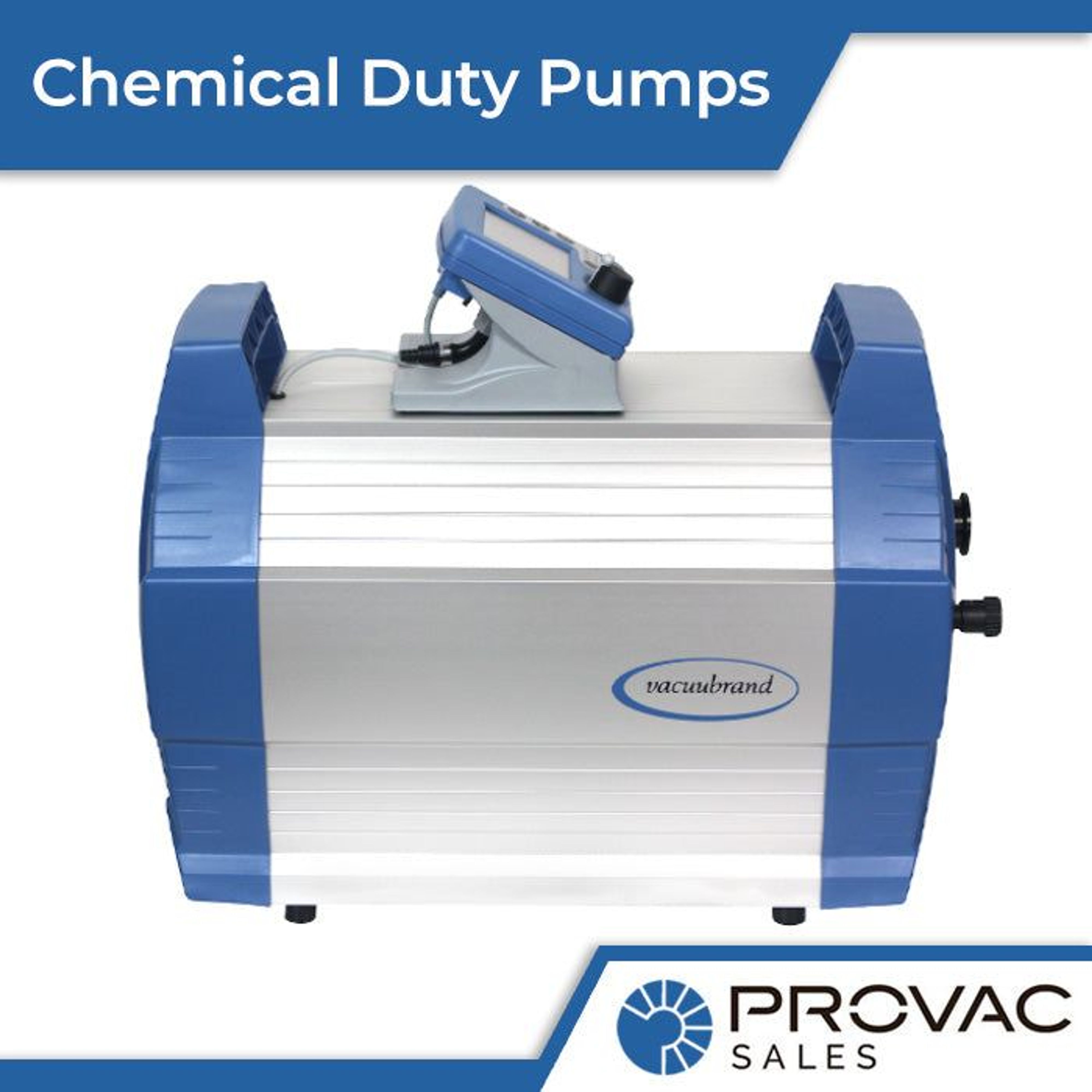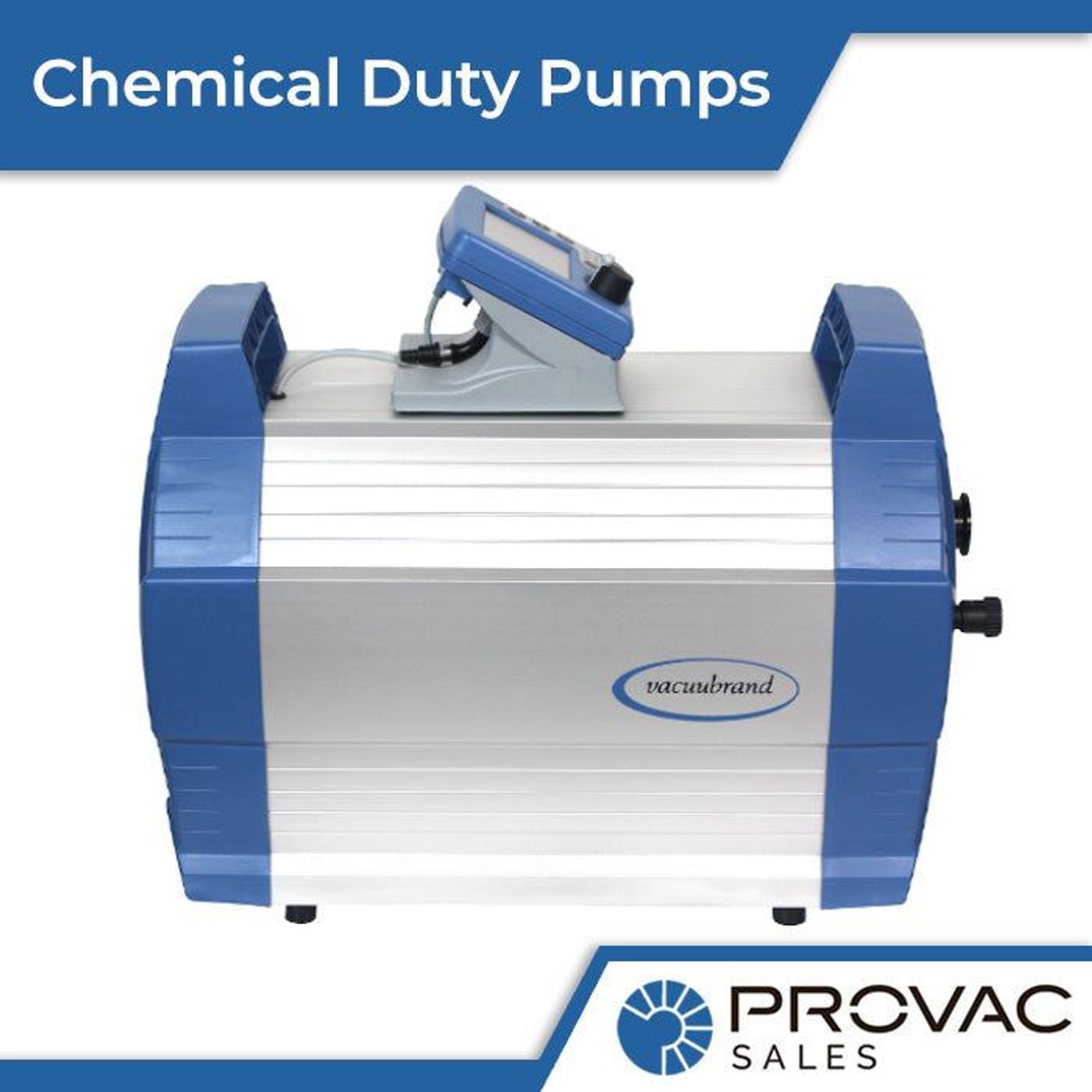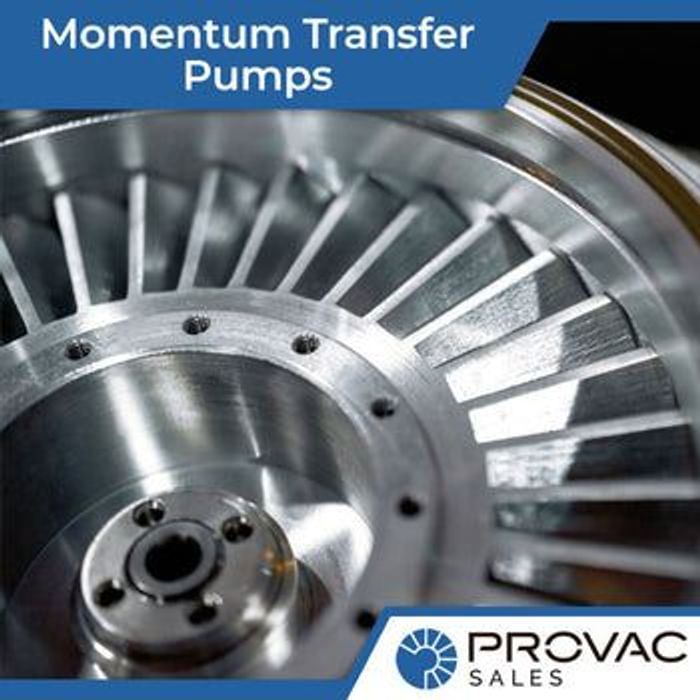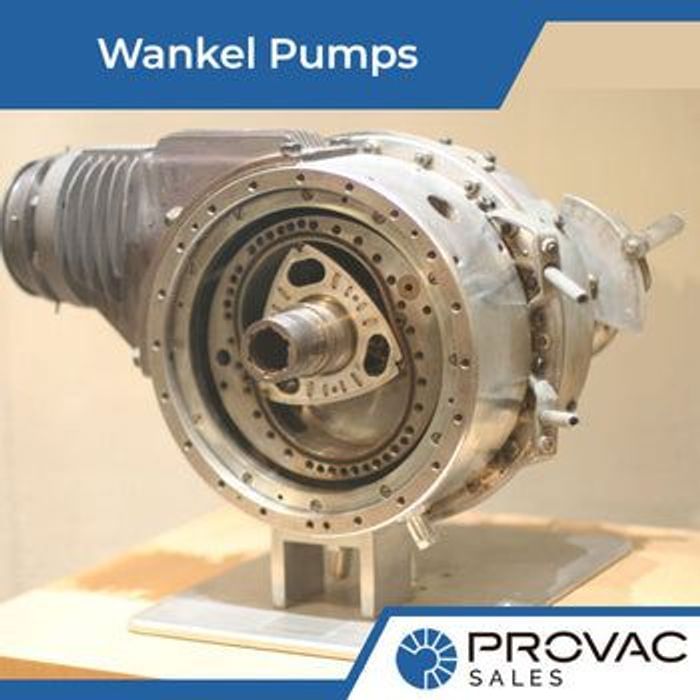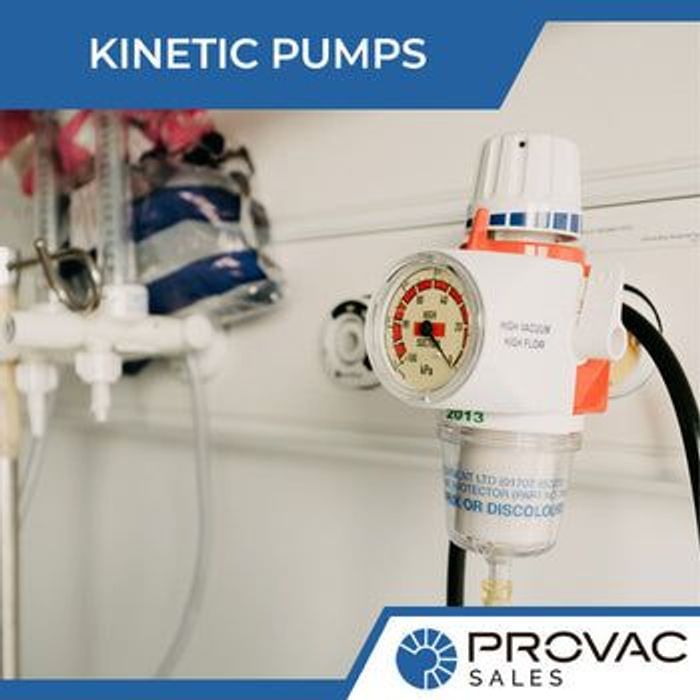A chemical duty vacuum pump is usually used as laboratory equipment that runs constant airflow whenever required. This pump has all the benefits of a low-pressure pump, with the added features of more robust seals and materials of construction that are more corrosive-resistant. Chemical duty pumps come in many forms including the dry diaphragm, oil sealed rotary vane, dry scroll, and multi-stage roots. It is often used to filter liquids or gases, or for any other purposes in a laboratory. In this article, we will feature dry diaphragm systems more closely.
How It Works
Chemical duty diaphragm vacuum pumps have a piston-driven design. This provides added power when the pump is in operation. The diaphragm and chemical-resistant head can handle solvents and corrosive chemicals without affecting the surface. These pumps come with a special filter and tubing technology that retains the in-line moisture. If you are planning to purchase one of these pumps, make sure that the filter and tube are CE marked and UL listed.
The chemical duty pumps court high flow rates that can decrease process filtration time. On the other hand, the high output pump has a piston that can increase the power of the pump. It is always wise to use the hydrophobic vent filter or the vacuum flask water trap whenever the pump is on. Don’t ever try to draw the liquids using a pump as it will only damage the machine.
Features
- Both the pump and the motor are permanently lubricated.
- There is a thermal overload switch that comes with an automatic reset to protect the motor.
- Most of these pumps make operating noise when they are on. But the advanced models try to minimize them using rubber feet.
- All the internal surfaces come with a PTFE polymer coat to prevent corrosion. However, the stainless steel leaf valves don’t have that coat because stainless steel is corrosion-free.
- The diaphragm also has a PTFE lining to prevent attacks from solvent vapors or chemicals.
- The high flow rates of the pump decrease filtration process time to a great extent.
- Several optional internal components are chemical-resistant for better compatibility with corrosive vapors.
- Most of the pumps have portable designs. This allows easy sharing between workstations.
Safe usage of the chemical duty vacuum pump
One of the best things about the chemical duty vacuum pump is the motor gets full thermal protection, and it will automatically restart whenever the overload device resets. Never ever pump explosive or flammable vapors or gases or even use this pump in a place that contains these types of gases. Here are a few more instructions to follow while using a chemical duty vacuum pump:
- Always use the pump in a dry and well-ventilated area. You should also check if the pump’s cooling fan is working correctly. It will cool down the machine whenever needed. It should at least be 1 inch away from a wall or any kind of obstruction.
- Keep the power cord safely when the pump is not in use. It is best to wrap the cord around the pump instead of leaving it as it is.
- Don’t forget to inspect the plug, cord, or hose for signs of damage before using the pump. It is dangerous to use a damaged pump because you will be dealing with chemicals here. If you notice any disturbance, get in touch with a technician as soon as possible without switching the pump on.
- A big plus point of this pump is it doesn’t require lubrication. So, don’t apply oil to any part because you may end up polluting the air delivery leading to the air-handling equipment. This will only damage the pump instead of making it work smoothly. Chemical duty vacuum pumps require low maintenance when it comes to oiling the pump. However, you shouldn’t forget to clean the pump system thoroughly. It will be wise to go through the cleaning section of the manual in detail before you wash the pump for the first time.
Maintenance
Under normal circumstances and proper handling procedures, these pumps don’t require hours of maintenance. They are 100% oil-free, meaning you don’t have to oil the parts throughout the lifetime. The pump comes with a cylinder and non-lube piston. You don’t even have to maintain the bearings of the pump. They are all sealed and lubricated permanently to ensure that users don’t have to take the trouble of oiling them now and then.
Leakage and contamination are two of the reasons why the pump may malfunction. This usually happens due to poor pressure. The pump must be thoroughly clean in order to operate at maximum efficiency. If the pressure problem still exists, don’t hesitate to call a service technician. You never know whether it is the compressor or the diaphragm or any other part that is misbehaving. Instead of trying to inspect the machine yourself, hand it over to an expert who can fix the problem quickly.
